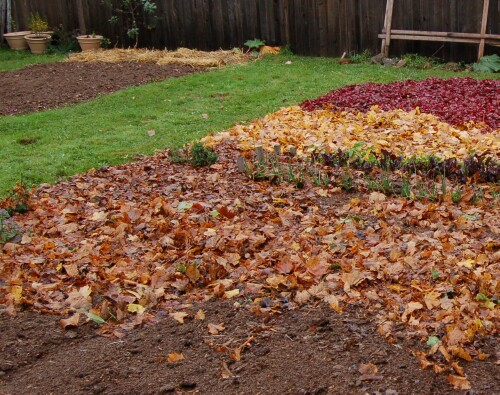A Special Place in Tilton
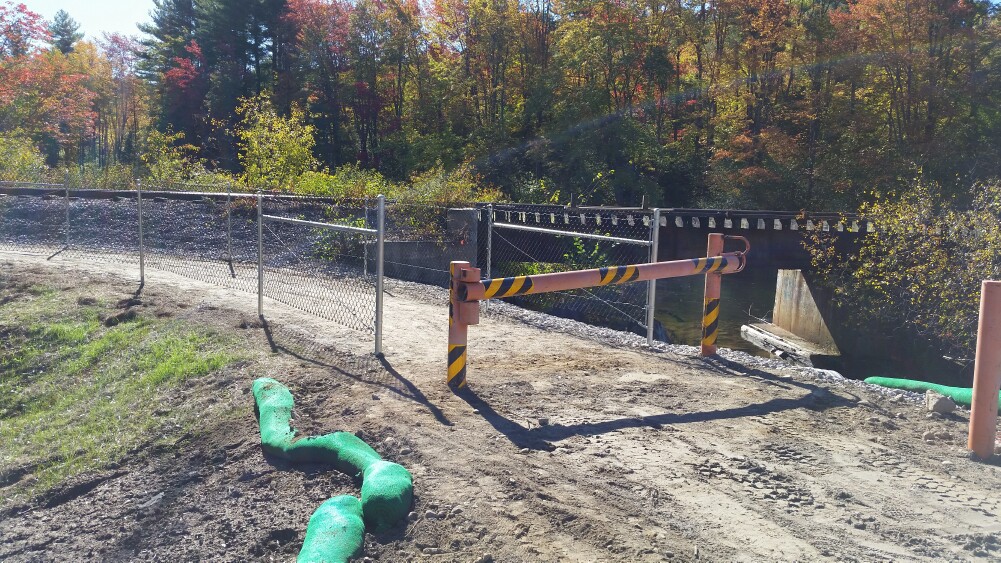
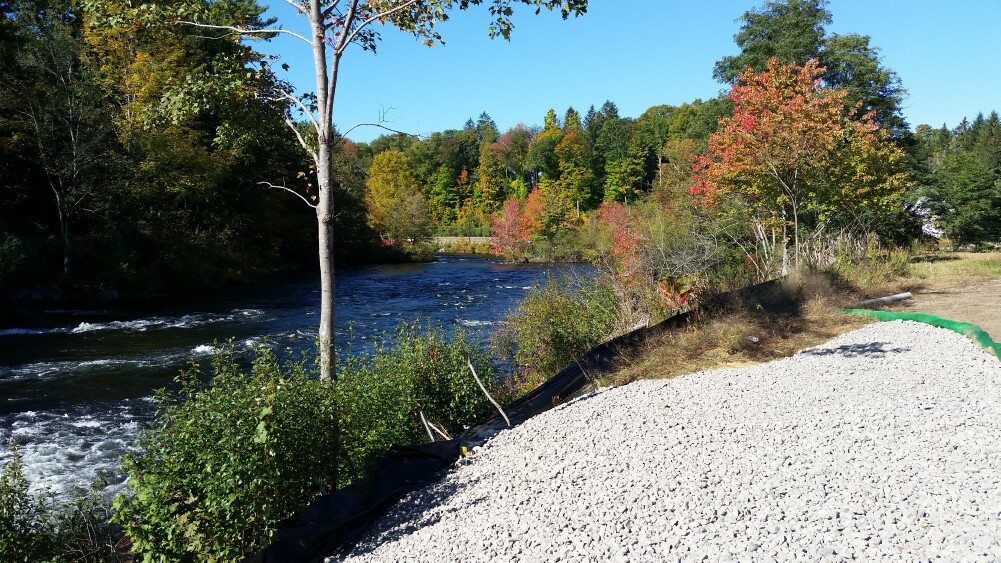
The
Winnipesaukee River Trail Nears Completion
It's been a
busy spring, summer, and fall as work has continued in earnest to
continue the trail
from the former Maher's Welding to a
newly-created parking area across from the Tilton Police
Station. The trail and its fencing have been completed. The
parking lot has been lined with boulders.
Perennials have
been planted along the edge of the parking area. Both Salmon
Run Conservation Area
and part of the former Ernie's have
been seeded with wildflowers. There was a sea of black-eyed Susans
this fall. A kiosk will be erected before winter. The area has a
split rail fence along the main road bringing
a touch of
country living to a busy highway. You will want to check out the new
trail and the expanded
views of the Winnipesaukee River. It's
worth a look.
Putting Your Garden to Bed
(Thanks to the Old Farmer's Almanac)
After the first killing frost:
*Pull up
tomato, squash, bean, and pea plants. They can go into a compost
pile if not diseased.
Otherwise, they need to be burned or
discarded.
* Remove all weeds and debris so they don't become
places for insects and diseases to lurk.
* Till the soil and add compost, leaves, lime, or manure. Or, sew winter rye or another cover crop.
*You CAN leave carrots, parsnips, leeks, and turnips in the ground
for early winter harvesting.
*Clean tools and store them
inside for the winter so they'll be ready in the spring.
2015-2016 Winter Storm Names from The Weather Channel
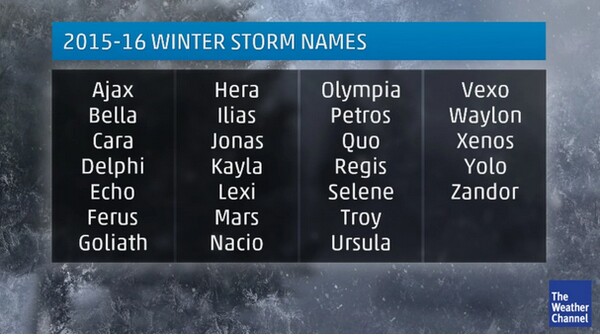
Cord Wood
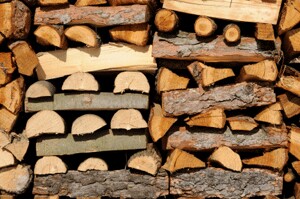
In New Hampshire there is only one
legal way to sell wood, and that is by the full cord.
A cord of wood measures 4 feet wide x 4 feet tall x
8 feet long. This is true regardless of
whether the
wood is in log length, 4-foot bolts, or cut and split.
The smaller the pieces of wood,
the more
compact the wood piles and the more wood fiber is
actually in the pile. The amount
of “shrinkage” when
the wood is bucked and/or split is highly variable,
depending
on the size of the logs and how straight they are.
(Courtesy of the NH Timberland Owners Association)
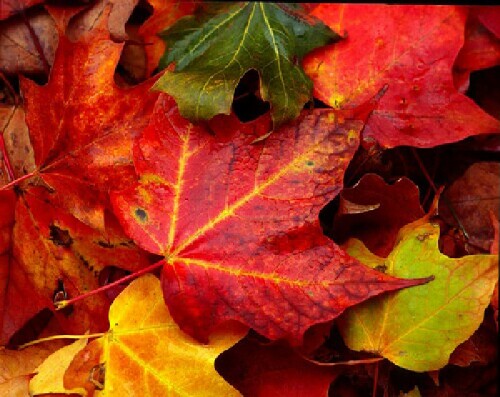 Leaves Change Colors
Leaves Change Colors
In the fall,
because of changes in the length of daylight and changes
in temperature, the leaves stop their food-making
process.
The chlorophyll breaks down, the green
color disappears, and the yellow to orange colors become
visible and give the leaves part
of their fall
splendor.
At the same time other chemical
changes may occur, which form additional colors through
the development of red anthocyanin
pigments. Some mixtures
give rise to the reddish and purplish fall colors of
trees such as dogwoods and sumacs, while others
give the sugar maple its
brilliant orange.
The autumn foliage of some trees show
only yellow colors. Others, like many oaks, display
mostly browns. All these colors are due
to the
mixing of varying amounts of the chlorophyll residue and
other pigments in the leaf during the fall season.
Temperature, light, and water
supply have an influence on the degree and the duration
of fall color. Low temperatures
bove freezing will
favor anthocyanin formation producing bright reds in
maples. However, early frost will weaken the
brilliant red color. Rainy and/or overcast days tend to
increase the intensity of fall colors.
(http://www.esf.edu/pubprog/brochure/leaves/leaves.htm)
